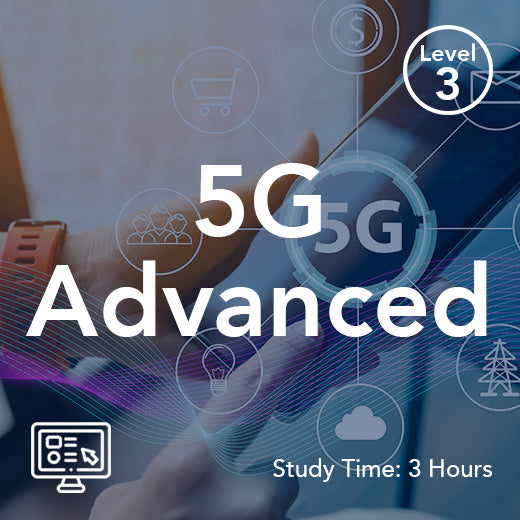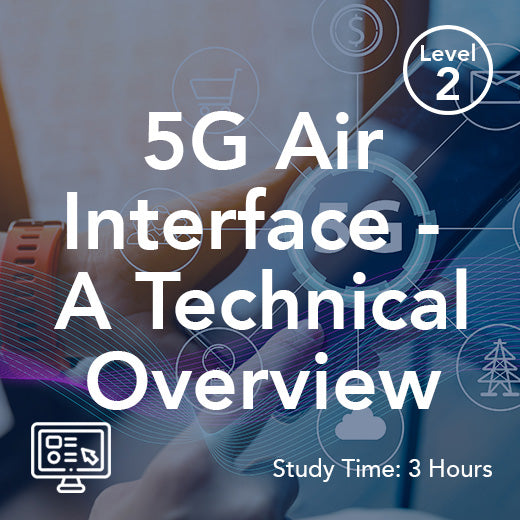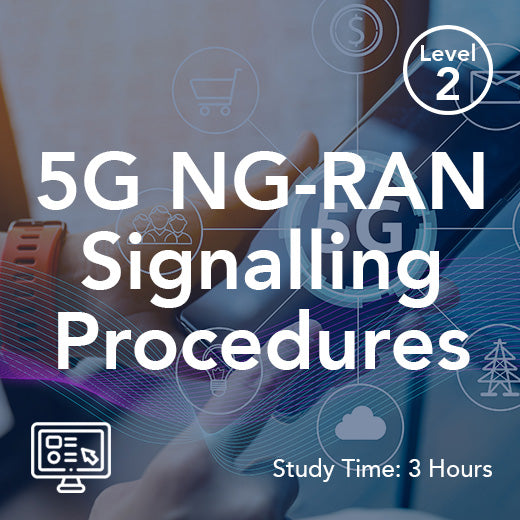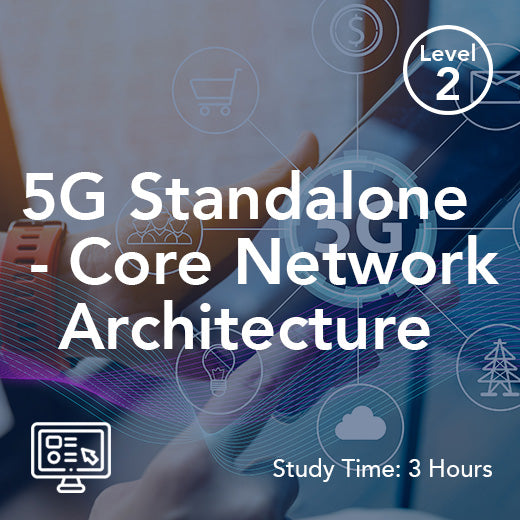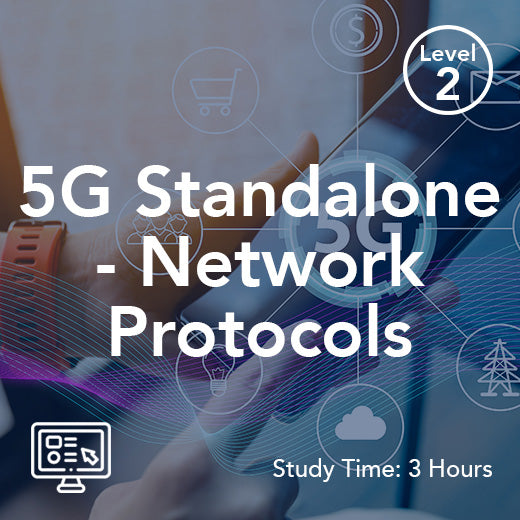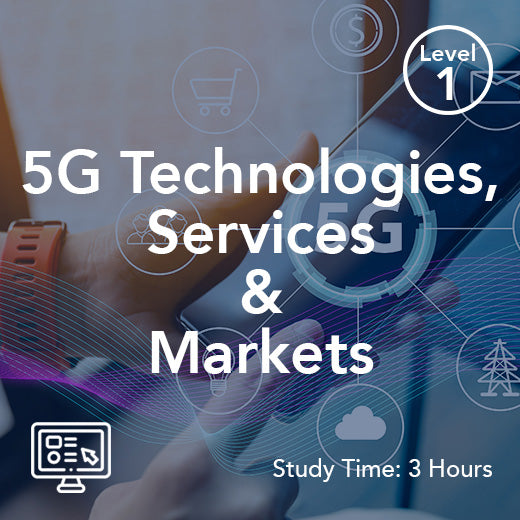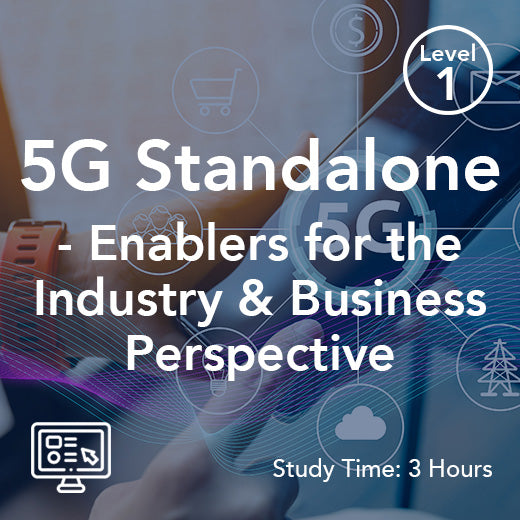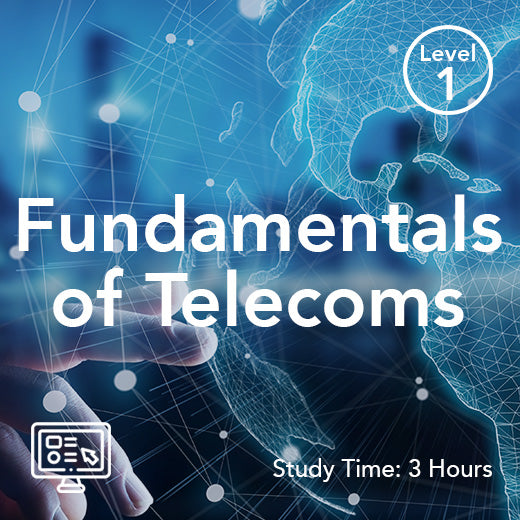What Is 5G Latency?
- , by Stephanie Burrell
- 6 min reading time
5G technology has been touted as the next big thing in the world of telecommunications, promising lightning-fast speeds and ultra-low latency. But what exactly is 5G latency, and why is it so important?
In simple terms, latency refers to the time it takes for data to travel from one point to another in a network. In the context of 5G technology, latency refers to the time it takes for data to travel from a user’s device to the network and back again. It is measured in milliseconds, with lower latency values indicating faster response times.
Low latency is crucial for a wide range of applications, from online gaming and video streaming to autonomous vehicles and remote surgery. In these scenarios, even the slightest delay can have serious consequences. For example, in online gaming, high latency can result in lag and poor performance, while in remote surgery, it can mean the difference between life and death.
5G technology promises to dramatically reduce latency compared to its predecessors, such as 4G LTE. While 4G networks typically have latency values of around 50 milliseconds, 5G networks are expected to achieve latency values as low as 1 millisecond. This significant reduction in latency will enable a whole new range of applications and services that were previously not feasible.
One of the key technologies that will enable low latency in 5G networks is network slicing. Network slicing allows operators to create multiple virtual networks within a single physical network, each tailored to the specific needs of different applications. This means that critical applications like autonomous vehicles and remote surgery can have dedicated network slices with ultra-low latency, while less demanding applications like video streaming can use a separate network slice with higher latency. This is particularly important for critical applications like self-driving cars, which demand rapid response times despite not needing high data rates, highlighting the importance of latency improvements.
Latency requirements play a critical role in applications demanding both high reliability and minimal latency, such as Ultra-Reliable Low-Latency Communication (URLLC).
Another technology that will contribute to low latency in 5G networks is edge computing. Edge computing involves processing data closer to the source, at the edge of the network, rather than in centralized data centers. This reduces the distance data has to travel, resulting in faster response times and lower latency. Significant investments are being made by telecommunications companies and cloud computing providers to achieve lower latencies in their networks, ensuring faster communication links, particularly in urban areas.
In conclusion, 5G latency is a crucial aspect of 5G technology that promises to revolutionize the way we use and interact with the internet. By reducing latency to unprecedented levels, 5G networks will enable a whole new range of applications and services that were previously not possible. From online gaming and video streaming to autonomous vehicles and remote surgery, the possibilities are endless. As 5G technology continues to roll out around the world, we can expect to see a wave of innovation and new opportunities that will shape the future of connectivity.
Introduction to 5G
The fifth generation of wireless technology, commonly known as 5G, is a revolutionary leap forward in the field of telecommunications. It promises to deliver faster data speeds, lower latency, and greater connectivity than its predecessors. 5G is designed to support a wide range of applications, including enhanced mobile broadband, mission-critical communications, and massive machine-type communications. With its ability to connect a vast number of devices, 5G is poised to enable new use cases such as autonomous vehicles, smart grids, and intelligent transportation systems. This next-generation technology is set to transform the way we interact with the world, offering unprecedented levels of performance and reliability.
5G Network Architecture
The 5G network architecture is designed to be more flexible and scalable than previous generations. It features a service-based architecture, which allows for the creation of multiple virtual networks on a single physical infrastructure. This enables mobile operators to offer a diverse range of services, including enhanced mobile broadband, low-latency communication, and massive machine-type communication. The 5G network also incorporates edge computing, which reduces latency by processing data closer to the user. Additionally, 5G networks utilize network slicing, which allows for the allocation of specific resources to specific services, ensuring that critical applications receive the necessary bandwidth and priority. This innovative architecture is key to delivering the high performance and reliability that 5G promises.
Benefits of 5G
The benefits of 5G are numerous and far-reaching. One of the most significant advantages is its ability to deliver lower latency, which is critical for applications such as virtual reality, cloud gaming, and autonomous vehicles. 5G also offers faster data speeds, with upload speeds reaching up to 10 Gbps. This enables seamless video streaming, online gaming, and other high-bandwidth applications. Furthermore, 5G has the potential to connect a vast number of devices, making it an ideal technology for IoT applications. With its high reliability and low latency, 5G is also well-suited for mission-critical applications, such as public safety and emergency responders. This combination of high speed, low latency, and massive connectivity makes 5G a game-changer in the world of telecommunications.
Challenges in 5G
Despite its many benefits, 5G also poses several challenges. One of the main hurdles is the need for significant investment in infrastructure, including cell towers and edge servers. Additionally, 5G requires a large amount of spectrum, which can be difficult to allocate, particularly in urban areas. Furthermore, 5G devices and networks require sophisticated technology to manage the complex network architecture and ensure seamless communication between devices. Another challenge is the need for standardized protocols and interoperability between different networks and devices. Finally, 5G also raises concerns about security, as the increased connectivity and complexity of the network create new vulnerabilities. Addressing these challenges is crucial for the successful deployment and operation of 5G networks.
Future of 5G
The future of 5G is exciting and promising. As the technology continues to evolve, we can expect to see new services and applications emerge, such as autonomous cars, smart cities, and industrial automation. 5G will also play a key role in enabling new technologies, such as augmented reality and the Internet of Things. With its high speed, low latency, and massive connectivity, 5G has the potential to transform industries and revolutionize the way we live and work. As mobile operators continue to deploy 5G networks, we can expect to see significant improvements in internet connectivity, particularly in rural and remote areas. Additionally, 5G will enable new use cases, such as remote healthcare, virtual education, and smart grids, which will have a major impact on society and the economy. Overall, the future of 5G is bright, and its potential to transform our world is vast and exciting.

